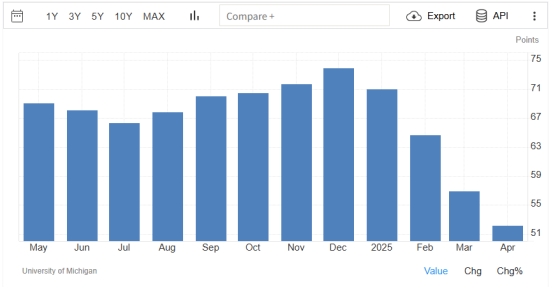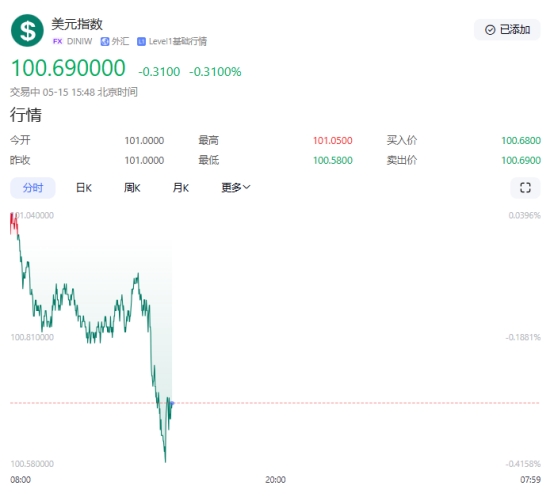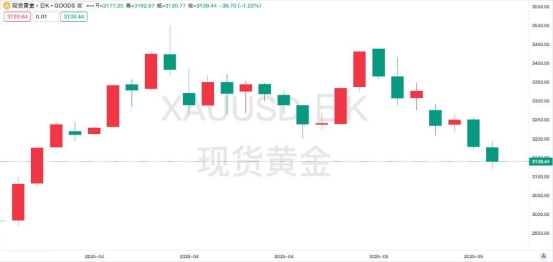The suspense of terrifying data escalates! The gold market faces a directional choice
- 2025年5月16日
- Posted by: Macro Global Markets
- Category: News

In the early Asian session on Thursday (May 15), the market held its breath waiting for the US April retail sales data (commonly known as the "horror data") to be released at 20:30. The current market expects the data to grow by only 0.3% on a monthly basis, but many economists warn that due to the impact of tariff policies, declining consumer confidence and inflation stickiness, the actual data may be lower than expected, which may trigger sharp fluctuations in financial markets.

The delayed effect of tariff policy is emerging
The "reciprocal tariffs" imposed by the Trump administration on imported goods since March have gradually been transmitted to the end consumer market. Data from the U.S. Department of Commerce showed that the import price index rose 3.2% year-on-year in April, with tariff-sensitive categories such as automobiles and electronic products rising by more than 5%. Although the implementation of the China-US tariff agreement has temporarily eased some of the pressure, there are still variables in the US tariff negotiations with trading partners such as the European Union, Japan and South Korea. Companies generally postpone price increases to wait and see the policy direction, resulting in weak retail sales data in April due to suppressed demand.
Consumer confidence and spending power both declined
The Federal Reserve's consumer confidence index fell to 52.2 in April, the lowest level since November 2023, reflecting the suppression of residents' consumption willingness by the high interest rate environment and debt pressure. In addition, non-farm employment increased by 175,000 in April, which was higher than expected, but the wage growth rate slowed to 3.4%. The decline in actual purchasing power directly affected retail spending.

Although retail sales surged 1.4% in March on a pre-tariff spending spree, the April data is likely to fall due to overdrawn demand. Economists generally predict that the monthly rate of retail sales in April will be only 0.1%. If the data is lower than expected, it will exacerbate market concerns about a "soft landing" of the economy.
2. Potential risks: chain reactions that may be triggered by data shocks
The dollar and U.S. Treasury bonds fluctuate in opposite directions
The dollar index plunged from a high of 101.04 to 100.69 overnight. At the same time, if the 10-year U.S. Treasury yield falls below the key level of 4.5%, it will reduce the cost of holding gold and drive gold prices to rebound.

If the data is weak, U.S. technology stocks may face profit-taking pressure, and funds may flow back from the stock market to safe-haven assets such as gold. The holdings of the world's largest gold ETF (SPDR) have decreased for three consecutive days, but if the data is unexpectedly cold, it may trigger short covering, and the daily increase in holdings may exceed 10 tons.
3. Impact on the gold market: Technical breakdown
Technical breakout and oversold repair
Spot gold fell below the key support level of $3,200 per ounce overnight, forming a "guillotine" pattern on the daily chart, with the short-term downside target pointing to $3,136 (61.8% Fibonacci retracement level). However, the RSI index on the 14th fell to 38.5, entering the oversold range, and a bottom divergence signal appeared in the 15-minute chart, indicating a strong demand for a technical rebound.

